Forest Management for Small Woodlots
- August 15, 2024
- 0 comment
Forest management for small woodlots involves a careful balance between conservation and productivity to ensure the sustainable use of these limited forest areas. Owners of small woodlots often face unique challenges, such as limited resources and the need to integrate multiple objectives, including timber production, wildlife habitat, recreation, and aesthetic values. Effective management begins with a thorough understanding of the land, including soil types, water resources, and existing vegetation. Developing a management plan tailored to these specific conditions is essential. This plan should include strategies for controlling invasive species, promoting native plant growth, and enhancing biodiversity. Silvicultural practices such as selective thinning, pruning, and controlled burns can help maintain forest health and increase resilience to pests and diseases.
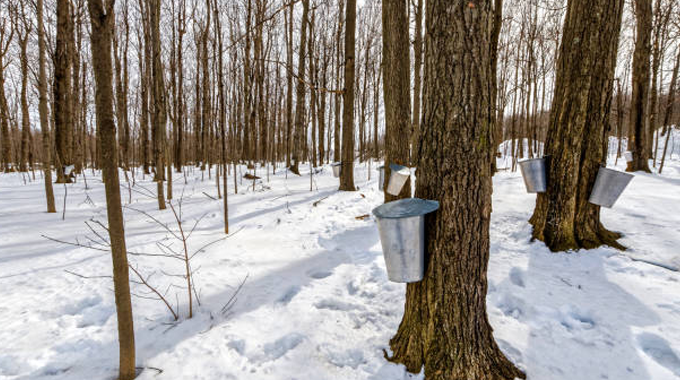
Additionally, small woodlot owners should consider the benefits of certification programs that recognize sustainable practices, potentially increasing the marketability of their timber products. Engaging with local forestry professionals and participating in community forestry initiatives can provide valuable support and resources. Overall, thoughtful forest management for small woodlots not only supports ecological health but also maximizes the economic and social benefits of these vital green spaces.
List of Forest Management for Small Woodlots
- Understanding Your Small Woodlots
- Developing a Management Plan
- Silvicultural Practices
- Promoting Biodiversity
- Sustainable Harvesting
- Dealing with Pests and Diseases
- Community and Professional Support
Understanding Your Small Woodlots
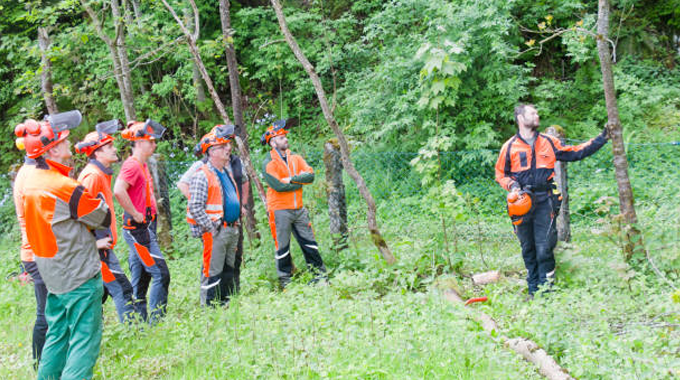
Conducting a Site Assessment
The first step in managing a small woodlot is conducting a thorough site assessment. This involves evaluating the physical characteristics of your land to understand its potential and limitations. Begin by mapping your woodlot, noting the boundaries, topography, and significant features such as streams, ponds, and existing structures. Take inventory of the tree species, their distribution, and age classes. Understanding the composition and structure of your forest helps in making informed management decisions that align with the ecological and economic goals of your woodlot.
Identifying Soil Types and Water Resources
Identifying soil types and water resources is crucial in determining the health and productivity of your woodlot. Different soil types influence tree growth, nutrient availability, and water retention. Conduct soil tests to identify the pH levels, texture, and nutrient content. This information helps in selecting appropriate tree species and management practices. Additionally, assess the availability and quality of water resources. Streams, ponds, and wetlands play a vital role in supporting biodiversity and maintaining the ecological balance of your woodlot.
Evaluating Existing Vegetation and Wildlife
Understanding the existing vegetation and wildlife in your woodlot provides insights into the current ecological state and biodiversity. Conduct a survey to identify the plant species, their abundance, and health. Pay attention to the presence of invasive species that may threaten native plants. Similarly, observe the wildlife, noting the species and their habitats. This information is valuable in developing a management plan that promotes biodiversity, enhances habitats, and supports the overall health of your woodlot.
Developing a Management Plan
Setting Short-term and Long-term Goals
Developing a comprehensive management plan begins with setting clear short-term and long-term goals. Short-term goals might include immediate actions such as invasive species removal or soil improvement. Long-term goals could focus on sustainable timber production, enhancing wildlife habitat, or recreational use. Clearly defined goals provide direction and help in prioritizing management activities. Ensure that these goals are realistic, measurable, and adaptable to changing conditions and new information.
Incorporating Multiple Objectives (Timber, Wildlife, Recreation)
A well-rounded management plan incorporates multiple objectives to maximize the benefits of your woodlot. Consider balancing timber production with wildlife conservation and recreational opportunities. For instance, selective harvesting techniques can be used to create open spaces that attract wildlife while providing timber revenue. Recreational trails can be designed to minimize disturbance to sensitive habitats. Integrating these objectives ensures a multifaceted approach that enhances the ecological, economic, and social value of your woodlot.
Creating a Timeline and Budget
Creating a timeline and budget is essential for implementing and monitoring your management plan. Outline the specific activities, their sequence, and the time required for each task. Allocate resources and estimate costs for tools, labor, and materials. A detailed timeline and budget help in tracking progress, ensuring timely completion of tasks, and avoiding financial overruns. Regularly review and adjust the timeline and budget based on the progress and emerging needs.
Silvicultural Practices
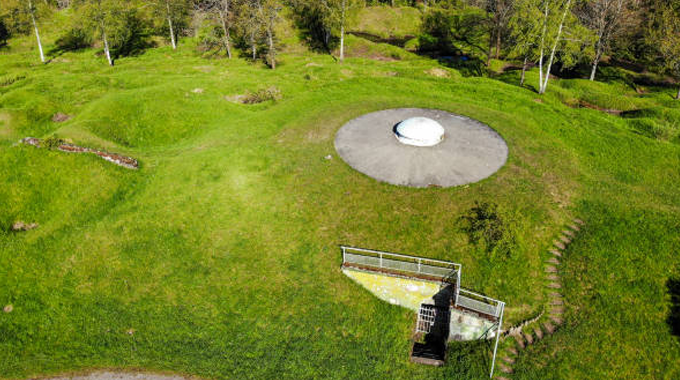
Selective Thinning and Its Benefits
Selective thinning is a silvicultural practice that involves removing certain trees to improve the health and growth of the remaining ones. This practice reduces competition for light, water, and nutrients, allowing selected trees to thrive. Thinning can enhance the overall structure and diversity of the forest, promote the growth of valuable timber species, and reduce the risk of pest infestations and diseases. Regular thinning operations should be planned to maintain optimal forest conditions and achieve management goals.
Pruning Techniques for Tree Health
Pruning is another critical practice in forest management that helps in maintaining tree health and improving wood quality. Pruning involves the selective removal of branches to promote better air circulation, reduce disease risk, and enhance the structural integrity of trees. Proper pruning techniques vary depending on the tree species and the desired outcome. Regular pruning, particularly in young trees, can lead to the development of strong, healthy trees that contribute to the overall sustainability and productivity of the woodlot.
Controlled Burns and Their Role in Forest Management
Controlled burns, also known as prescribed burns, are used to manage vegetation, reduce fuel loads, and promote the regeneration of fire-adapted species. This practice mimics natural fire regimes, maintaining the ecological balance and preventing uncontrolled wildfires. Controlled burns can enhance nutrient cycling, control invasive species, and create diverse habitats for wildlife. Implementing controlled burns requires careful planning, adherence to safety protocols, and coordination with local authorities to ensure the desired outcomes without compromising safety.
Promoting Biodiversity

Importance of Native Plants
Promoting biodiversity in your woodlot starts with emphasizing the importance of native plants. Native species are well-adapted to the local conditions and play a crucial role in maintaining the ecological balance. They provide food and habitat for native wildlife, support pollinators, and contribute to soil health. Encouraging the growth of native plants helps preserve the natural heritage of the area and enhances the resilience of the forest ecosystem against environmental stresses.
Strategies for Controlling Invasive Species
Invasive species pose a significant threat to the biodiversity and health of woodlots. Developing strategies to control invasive species is essential in promoting native plant growth and maintaining ecological balance. Regular monitoring and early detection of invasive species can prevent their spread. Mechanical removal, chemical treatments, and biological control methods are commonly used strategies. Integrating these approaches with public awareness and community involvement can effectively manage invasive species and protect your woodlot.
Enhancing Habitats for Wildlife
Enhancing habitats for wildlife is a key component of promoting biodiversity in small woodlots. Creating a diverse range of habitats, such as open spaces, dense thickets, and wetlands, supports various wildlife species. Incorporate features like nesting boxes, brush piles, and water sources to attract and sustain wildlife. Protecting existing habitats and restoring degraded ones ensures a thriving and balanced ecosystem that benefits both wildlife and the overall health of the woodlot.
Sustainable Harvesting

Methods for Sustainable Timber Production
Sustainable timber production involves harvesting methods that maintain the ecological integrity of the forest while providing economic benefits. Selective logging, shelterwood cutting, and coppicing are examples of sustainable practices. These methods ensure the regeneration of trees, preserve soil quality, and protect water resources. Implementing sustainable harvesting practices minimizes the environmental impact, supports long-term productivity, and contributes to the overall sustainability of the woodlot.
Certification Programs and Their Benefits
Certification programs, such as the Forest Stewardship Council (FSC) and Sustainable Forestry Initiative (SFI), recognize sustainable forest management practices. Participating in these programs provides numerous benefits, including access to premium markets, improved land management practices, and enhanced public perception. Certification ensures that the woodlot is managed in an environmentally responsible, socially beneficial, and economically viable manner. It also promotes transparency and accountability in forest management.
Marketability of Sustainably Harvested Timber
Sustainably harvested timber is increasingly in demand due to growing environmental awareness among consumers. Promoting the marketability of your sustainably harvested timber involves highlighting its ecological benefits, certification, and quality. Developing relationships with local mills, artisans, and green building projects can create niche markets. Sustainable timber production not only provides economic returns but also reinforces the commitment to responsible forest management.
Dealing with Pests and Diseases
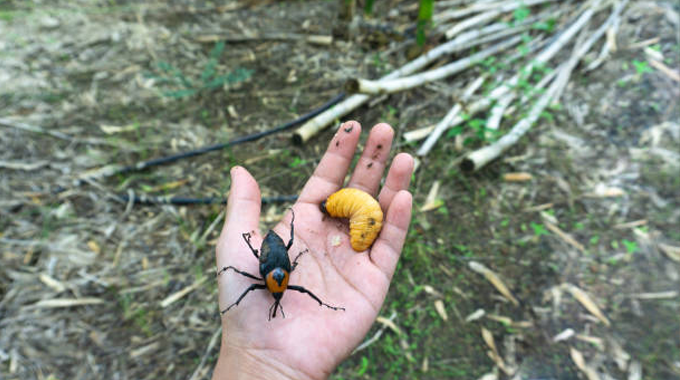
Common Pests and Diseases in Small Woodlots
Small woodlots are susceptible to various pests and diseases that can compromise tree health and productivity. Common pests include bark beetles, gypsy moths, and emerald ash borers, while diseases like root rot, cankers, and leaf blights are prevalent. Early detection and identification of these threats are crucial in managing their impact. Understanding the life cycles and behavior of pests and pathogens helps in developing effective control measures.
Integrated Pest Management Strategies
Integrated Pest Management (IPM) is a holistic approach that combines multiple strategies to manage pests and diseases. IPM involves monitoring pest populations, using biological control agents, applying chemical treatments judiciously, and implementing cultural practices like proper spacing and sanitation. The goal is to minimize the use of chemicals, reduce pest resistance, and protect non-target organisms. Implementing IPM strategies promotes a healthy and resilient woodlot.
Monitoring and Prevention Techniques
Regular monitoring and prevention are vital in maintaining the health of your woodlot. Establishing a routine for inspecting trees, identifying symptoms of pest and disease infestations, and documenting changes over time is essential. Preventive measures, such as maintaining tree vigor, promoting biodiversity, and implementing hygiene practices, reduce the risk of outbreaks. Effective monitoring and prevention techniques ensure early intervention and minimize damage to the woodlot.
Community and Professional Support
Engaging with Local Forestry Professionals
Engaging with local forestry professionals provides valuable expertise and support in managing your woodlot. Foresters, arborists, and extension agents offer services such as site assessments, management planning, and technical advice. Collaborating with these professionals enhances your knowledge, improves management practices, and ensures the successful implementation of your management plan. Building a network with forestry experts fosters continuous learning and adaptation.
Participating in Community Forestry Initiatives
Participating in community forestry initiatives fosters a sense of stewardship and collective responsibility for forest resources. These initiatives offer opportunities for education, volunteerism, and collaboration among woodlot owners and community members. Joining local forestry associations, attending workshops, and engaging in community projects enhance your skills and knowledge. Community involvement also strengthens the social and economic fabric of rural areas.
Resources and Support Networks
Numerous resources and support networks are available to assist small woodlot owners in managing their forests. Government agencies, non-profit organizations, and academic institutions provide educational materials, funding opportunities, and technical assistance. Online forums, publications, and workshops offer platforms for sharing experiences and learning from others. Leveraging these resources and networks empowers woodlot owners to implement sustainable management practices and achieve their goals.
Frequently Asked Questions (FAQs)
1. What is a small woodlot?
A small woodlot typically refers to a forested area of land that is relatively small in size, often ranging from a few acres to several hundred acres. These woodlots are usually privately owned and managed for various purposes, including timber production, wildlife habitat, recreation, and conservation.
2. Why is forest management important for small woodlots?
Forest management is crucial for small woodlots to ensure their sustainability and productivity. Proper management practices help maintain forest health, promote biodiversity, enhance wildlife habitats, and provide economic benefits through sustainable timber harvesting.
3. How do I start managing my small woodlot?
Begin by conducting a thorough site assessment to understand the physical characteristics of your woodlot, including soil types, water resources, and existing vegetation. Developing a comprehensive management plan with clear goals and objectives is the next step. Engaging with local forestry professionals can provide valuable guidance and support.
4. What are some common management practices for small woodlots?
Common management practices include selective thinning, pruning, controlled burns, and sustainable harvesting techniques. These practices help improve forest health, promote the growth of desirable tree species, and maintain ecological balance.
5. How can I promote biodiversity in my woodlot?
Promoting biodiversity involves encouraging the growth of native plant species, controlling invasive species, and enhancing habitats for wildlife. Creating a diverse range of habitats and protecting existing ones are essential strategies for supporting biodiversity.
6. What are the benefits of sustainable timber harvesting?
Sustainable timber harvesting ensures the long-term productivity and health of the forest. It provides economic returns, supports local economies, and meets the growing demand for sustainably sourced timber. Certification programs like FSC and SFI recognize and promote sustainable practices.
7. How do I deal with pests and diseases in my woodlot?
Implement integrated pest management (IPM) strategies, which include monitoring pest populations, using biological control agents, applying chemical treatments judiciously, and maintaining tree vigor. Early detection and regular monitoring are key to managing pests and diseases effectively.
8. What resources are available to small woodlot owners?
Various resources are available, including government agencies, non-profit organizations, academic institutions, and local forestry associations. These organizations offer educational materials, technical assistance, funding opportunities, and networking platforms for woodlot owners.
9. How can I engage with my local community for forest management?
Participate in community forestry initiatives, join local forestry associations, and attend workshops and events. Engaging with your local community fosters collaboration, shared learning, and collective stewardship of forest resources.
10. What is the role of professional foresters in managing small woodlots?
Professional foresters provide expertise in site assessments, management planning, and implementation of sustainable practices. They offer technical advice, assist with regulatory compliance, and help woodlot owners achieve their management goals.
11. Can small woodlot management be profitable?
Yes, small woodlot management can be profitable through sustainable timber production, non-timber forest products, recreational opportunities, and eco-tourism. Certification and marketability of sustainably harvested timber can also enhance economic returns.
12. How often should I review my management plan?
Regularly review and update your management plan to reflect changing conditions, new information, and progress toward your goals. Annual reviews are recommended, but more frequent updates may be necessary depending on the activities and objectives.

Gilbert Griffin
Forestry AuthorGilbert Griffin is a forest management expert specializing in sustainable practices, forest health, conservation, and land management. With extensive knowledge in pest control, disease management, and habitat restoration, Gilbert develops strategies to preserve forest ecosystems and biodiversity. Passionate about the natural world, Gilbert adapts to changes in forest management and stays updated through continuous learning. Gilbert also provides seasonal advice to optimize forest care throughout the year.



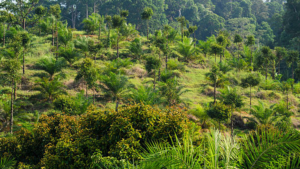
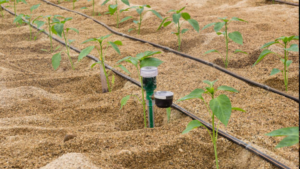



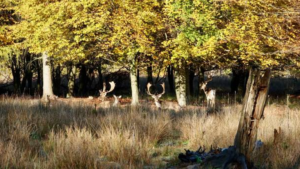
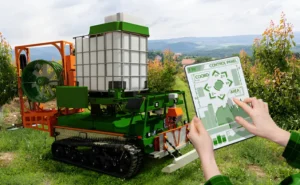
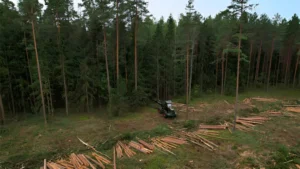

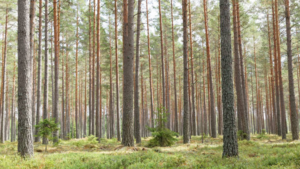
Leave your comment